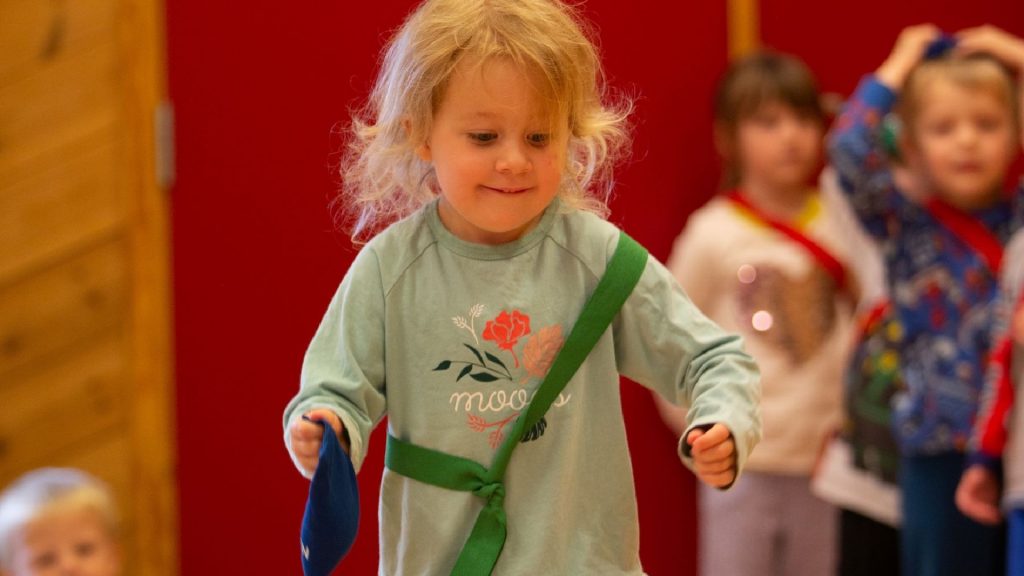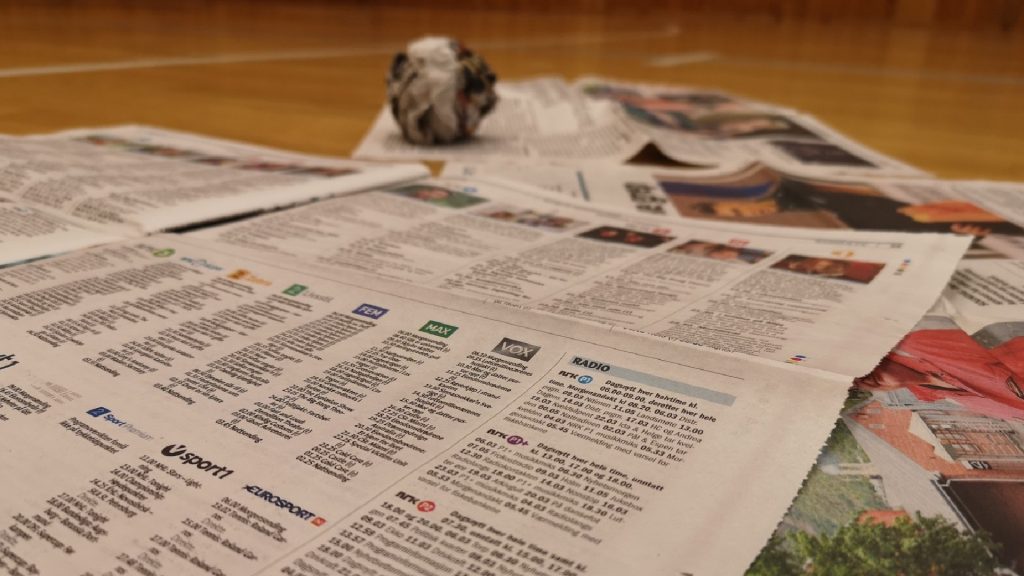
Myself – My Body – Emotions
The preschool is an arena for children to get to know themselves and their own body, and become confident in this. How do I look? What can I do with my body? What can others do with my body? Children should be confident in their own feelings, understand the feelings of others and be able to act on these. There should be room to talk about and get to know different types of families.
Here are suggestions for some activities and plays from the toolbox that can be used when working with “Myself – My Body – Emotions”.
Tips for physical activities:
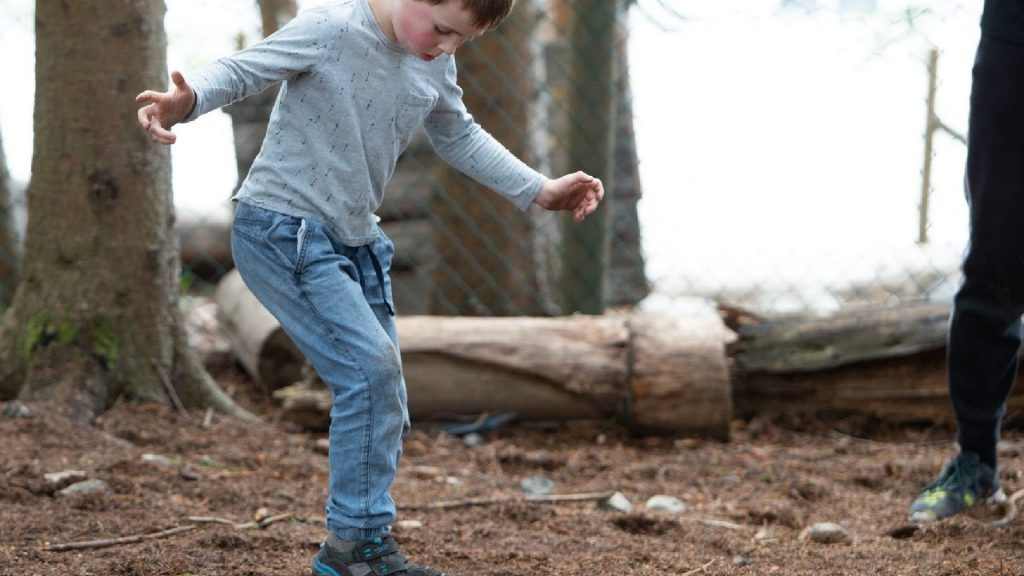
Longest to Shortest
In this activity, the children get to use their own body to measure lengths. How tall am I? How many steps is the length of the sandbox?
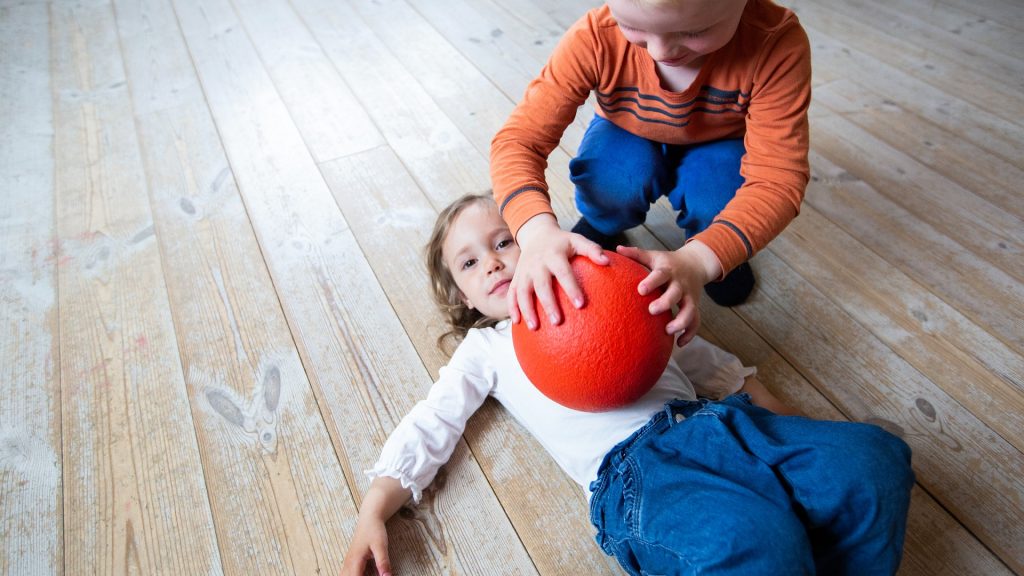
Roll a Ball
In Roll a Ball, the children get to practice different concepts related to their own body.

The Rat Catcher
In The Rat Catcher, the children get to practice reacting to different grimaces and facial expressions. What does one look like when one is happy and when one is angry?
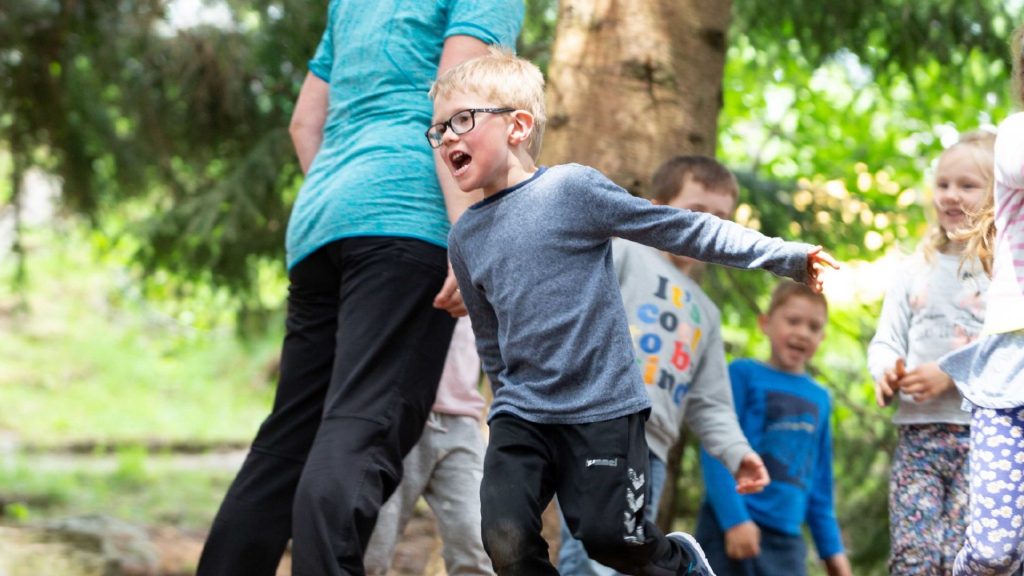
Hug Tag
In Hug Tag, the children get to know each other, get to know emotions and experience how the heart works when being physically active.
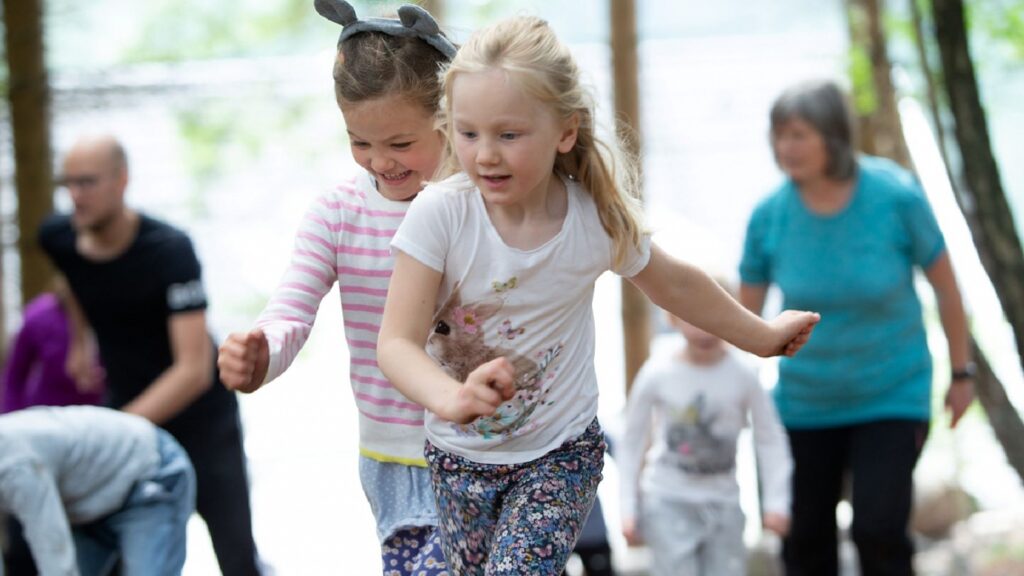
Relay Race
In various relays, the children get to know how the body reacts when you run fast. Here you can e.g. talk about the heart and experience a fast heart beat. What happens to the breath?
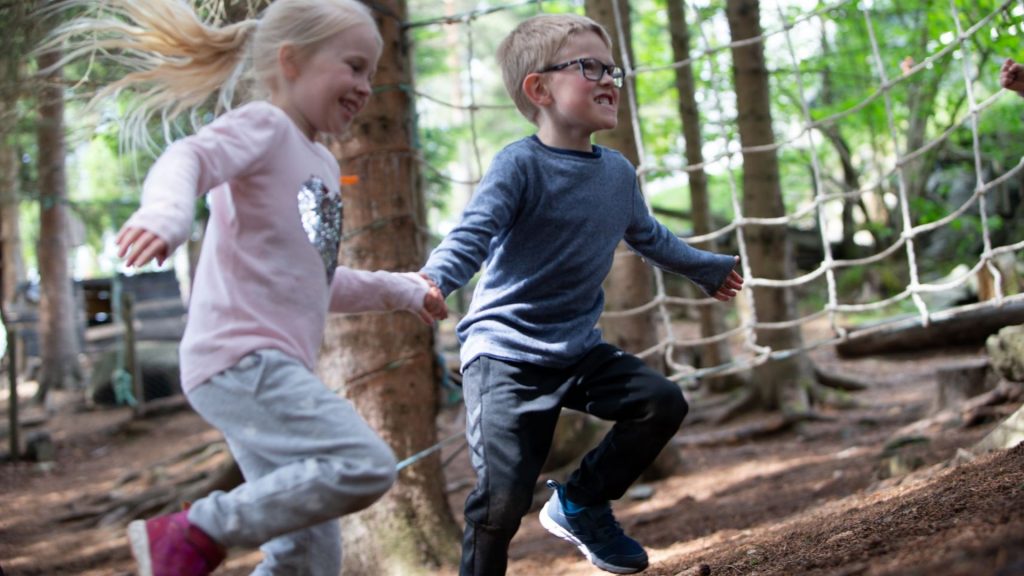
The Family Game
In Family Game, the children play with numbers, quantities and counting by forming different sized families.
Excerpt from the Norwegian Framework Plan
“Kindergartens shall highlight diversity in family structures and ensure that all children see their family arrangements reflected in kindergarten” p. 10.
“Due to their day-to-day close contact with the children, kindergartens are well placed to observe and obtain information about the children’s care situation and personal circumstances. Staff must be conscious of the fact that children may be victims of neglect, violence and sexual abuse, and they must be aware of how this can be prevented and detected” p. 11.
From the learning area Body, movement, food and health:
“The children shall be included in activities in which they can engage in physical activity, play and social interaction and experience motivation and achievement according to their abilities. Kindergartens shall help the children get to know their bodies and develop an awareness of their own limits and those of others” p. 49.
“By engaging with the human body, food and health, kindergartens shall help the children to feel confident in their own bodies, gain a positive view of themselves and explore their own feelings” p. 50.


